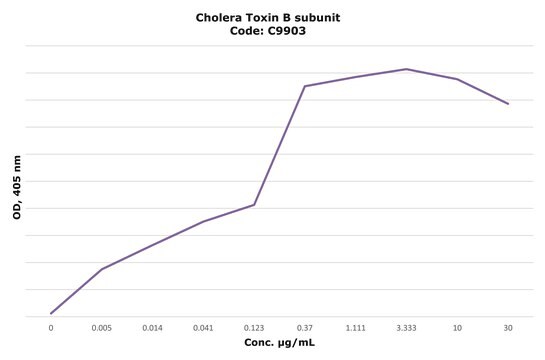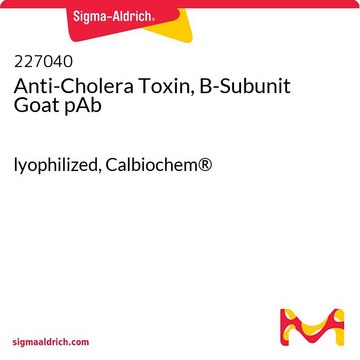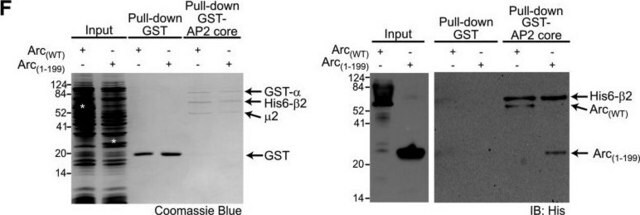C9972
Cholera Toxin B subunit
biotin conjugate, lyophilized powder
Sinónimos:
CTB
About This Item
Productos recomendados
conjugate
biotin conjugate
Quality Level
form
lyophilized powder
mol wt
~12 kDa
composition
Protein, ~40% Lowry
storage temp.
2-8°C
SMILES string
CCOc1ccccc1C(=O)Nc2ccc(Cl)c(c2)C(F)(F)F
InChI
1S/C16H13ClF3NO2/c1-2-23-14-6-4-3-5-11(14)15(22)21-10-7-8-13(17)12(9-10)16(18,19)20/h3-9H,2H2,1H3,(H,21,22)
InChI key
YDXZSNHARVUYNM-UHFFFAOYSA-N
¿Está buscando productos similares? Visita Guía de comparación de productos
General description
Application
- in immunofluorescence
- in the analysis of major histocompatibility complex (MHC) class II lipid raft partitioning
- in live cell three-dimensional tracking of SH-SY5Y human neuroblastoma cells
- to assess the toll-like receptors (TLR) and FcRγ (Fc receptor γ chain) – CARD9 (caspase recruitment domain family member 9) activation by cholera Toxin B (CTB)
Biochem/physiol Actions
Quality
Physical form
Analysis Note
hcodes
pcodes
Hazard Classifications
Aquatic Chronic 3
Storage Class
11 - Combustible Solids
wgk_germany
WGK 3
flash_point_f
Not applicable
flash_point_c
Not applicable
ppe
Eyeshields, Gloves, type N95 (US)
Certificados de análisis (COA)
Busque Certificados de análisis (COA) introduciendo el número de lote del producto. Los números de lote se encuentran en la etiqueta del producto después de las palabras «Lot» o «Batch»
¿Ya tiene este producto?
Encuentre la documentación para los productos que ha comprado recientemente en la Biblioteca de documentos.
Los clientes también vieron
Nuestro equipo de científicos tiene experiencia en todas las áreas de investigación: Ciencias de la vida, Ciencia de los materiales, Síntesis química, Cromatografía, Analítica y muchas otras.
Póngase en contacto con el Servicio técnico









